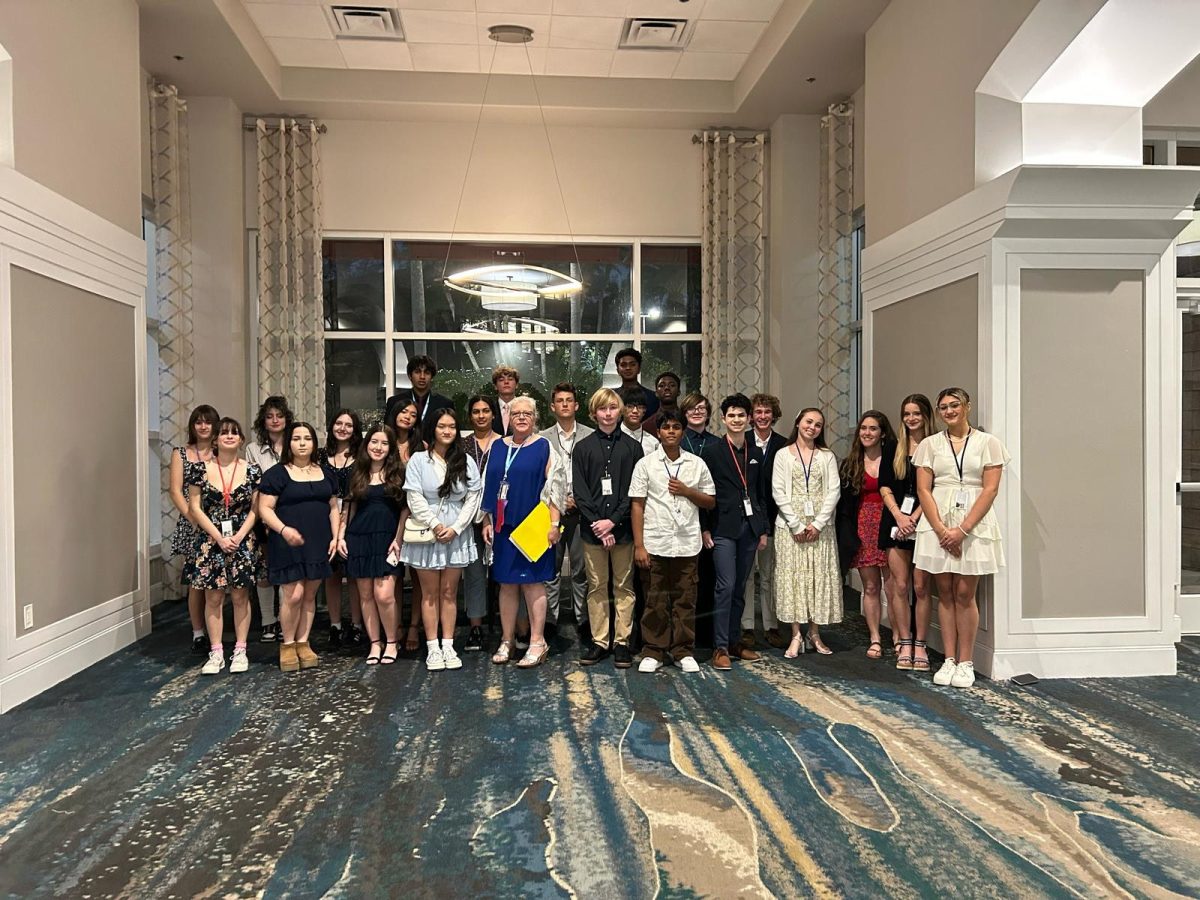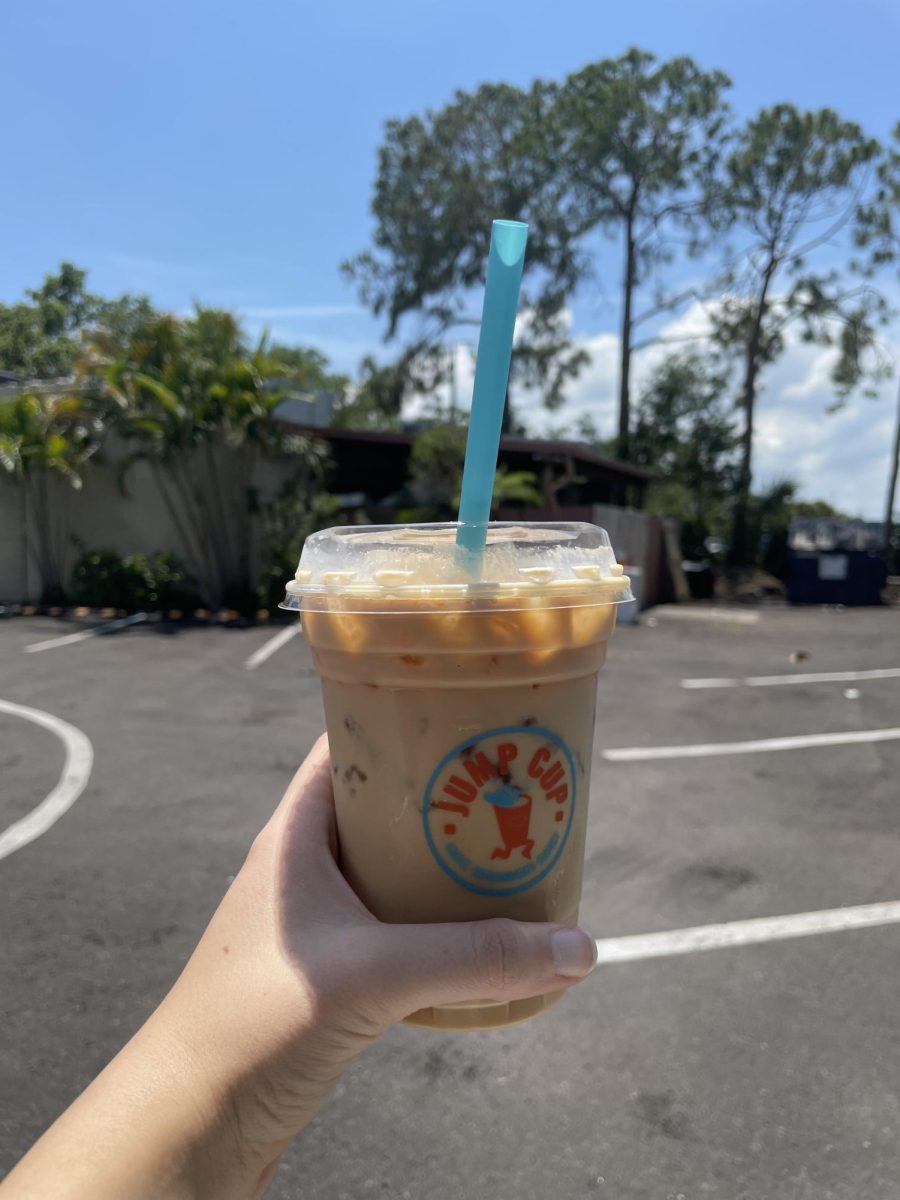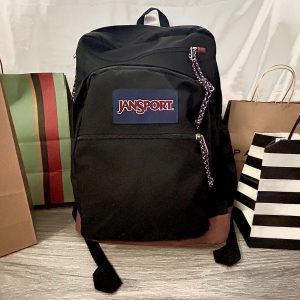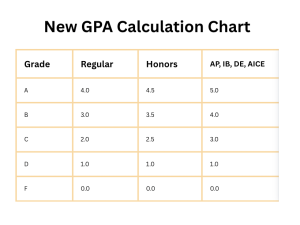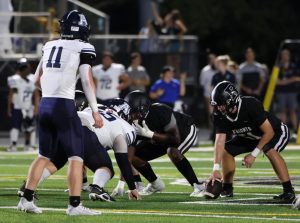Dress code or Morse code
Robinson’s dress code is completely subjective and must be fixed.
September 17, 2019
Every school in Hillsborough county follows the same dress code. Everyone knows the rules: fingertip-length shorts and shoulders must be covered. Robinson has a pretty loose take on these policies; I mean who can even find fingertip length shorts now a days. With this, flexible interpretations of what is too scandalous or right on the line of appropriate changes between each faculty member.
Obviously, dress code is filled with subjectivity. When reading the policies on the school district website, there are many sentences which leave the rules open to interpretation.
“Clothing not properly fastened or with tears that are indecent shall not be worn.” What exactly qualifies as “indecent”? What one person thinks is indecent may differ greatly from what someone else considers inappropriate. Also, each piece of clothing looks different on individuals whether its because of body type, the way the piece is styled, etc. So I do understand why schools have trouble with dress code interpretations.
With that said, Robinson’s decision making process regarding dress-code is almost impossible to decipher. One pair of shorts will be fine one day, but not the next, or on one girl but not another. The problem with our dress code isn’t that it’s not specific enough. Students know what they should and shouldn’t wear to a certain extent. We know that technically Nike shorts are out of dress code, but most girls can get away with wearing them every day so they no longer think of them as out of dress code. Its other parts of the dress code that make it subjective.
According to the Hillsborough County Public Schools website, “The definition of appropriate dress shall vary with the age of the student, the program of instruction, and the heating/cooling system of the building.”
This makes the dress code completely subjective. The degree of temperature is completely subjective. Some people get cold in a class that is 70 degrees while others are burning up. So, does this mean that a student who is always cold can wear their hood and a student that is hot can wear shorts in which their hemlines don’t reach their fingertips? And if not then in what situation would the heating and cooling system effect the dress code?
I will say that the subjectivity in dress-code policy is understandable, faculty can’t be expected to catch every single dress code violation, but sometimes the lack of consistency seems unreasonable. Countless times I’ve seen two girls with exactly the same shorts on and only one gets dress coded, which isn’t fair. I mean you have to take into account the fit of the shorts on each person and that what looks appropriate on one person may seem too revealing on another. But that is when subjectivity becomes too much of an issue- if one student is demanded to change and the other one continues to wear the same shorts it becomes more of a matter of favoritism or even body type which is highly offensive.
This pattern also sends a mixed message. Students become more willing to push and push until they get dress coded because they know not every teacher will dress code you and sometimes you can get away with your outfit completely.
Sometimes, even teachers are out of the dress code. The dresses or skirts teachers and faculty wear aren’t always fingertip length and sometimes parts of their shoulder are exposed. This raises the question of why students should be held to standards that the faculty isn’t even following. Nonetheless, usually the clothes the faculty are wearing aren’t inappropriate in any fashion they just don’t follow the premises of the dress-code policy which is why the policy should be changed. Just because something isn’t in dress code, doesn’t mean its inappropriate.
There are many pieces students wear that also don’t fit in the dress code but are perfectly appropriate to school. For example, Nike shorts in no way are fingertip length, but they aren’t inappropriate. Even the cheerleaders game day shirts, which we have to wear, are out of dress code, but again they are in no way inappropriate.
The dress code’s policies leave no room for pieces of clothing that may not fit into their standards, but are completely suitable for school. These general rules, that are used as a broad guideline, are one of the main reasons the student dress-code is so subjective, if the guidelines are open to interpretation, how can each staff member be expected to implement them the same way every time.
To lose some of the subjectivity in the dress-code, each school or the county as the whole has to be have more specific rules, tailored to each school, in their guidelines for how students should dress. It doesn’t make sense that students in the Tampa heat have to wear long shorts or pants and keep their shoulders completely covered.
I feel like, there is a fine line between shorts where your butt is hanging out and shorts that cover everything but aren’t quite finger-tip length. I understand the need for dress code, but it is too subjective. At Robinson, the dress code turns more into the faculty’s opinion on what is looks good or what they think appropriate versus them actually following the dress code. This isn’t any of the teachers’ or administrators’ faults it’s just that the rules they have to enforce are open to interpretation. The dress code just leaves too much room for their opinion to come through when it should be more concise.
The dress code also allows leggings which are arguably more inappropriate than Nike shorts. Leggings cover all of the students skin but, that’s doesn’t necessarily mean that they are appropriate. The dress code focuses on shorts and their length and completely ignores the inappropriateness of leggings. Many girls pair leggings with short shirts or crop tops which really showcases their butt. The dress code completely discounts this fact.
Undoubtedly, there are some students that are aware they are breaking the dress code and still should be asked to change. For the students who are simply struggling with what to wear- we need more precise guidelines for the clothes that are appropriate but don’t quite fit into dress code and the dress code needs to be less subjective.


